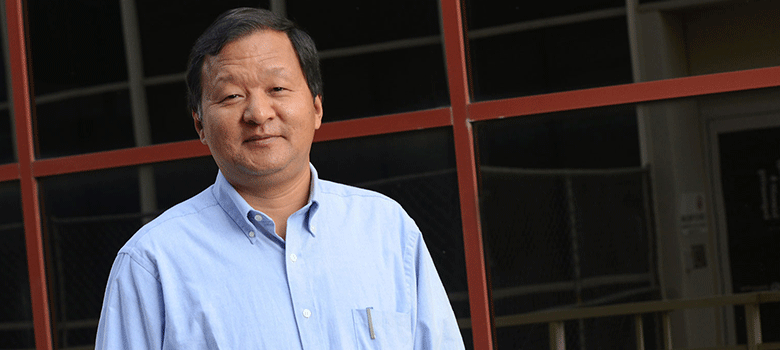AUGUST 10, 2021 — The University of Texas at San Antonio and Southwest Research Institute (SwRI) are collaborating to create a computer model of the intricate structures of the human heart as part of a larger effort to develop a new, potentially life-saving heart surgery.
The work, led by Keith Bartels of SwRI’s Mechanical Engineering Division and Hai-Chao Han of UTSA’s College of Engineering and Integrated Design, is supported by a $125,000 grant from the Connecting through Research Partnerships (Connect) Program.
Within the human heart are numerous small muscle bundles called the trabeculae carneae. Despite their significance to the heart’s anatomy, their function is not well understood and most models of the heart ignore them.
As people grow older, heart muscles can grow stiff, reducing efficiency and sometimes resulting in untreatable diastolic heart failure. SwRI and UTSA are scanning cadaver hearts using a powerful computer tomography (CT) scanner at SwRI to inform a potential new surgical intervention.


